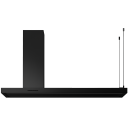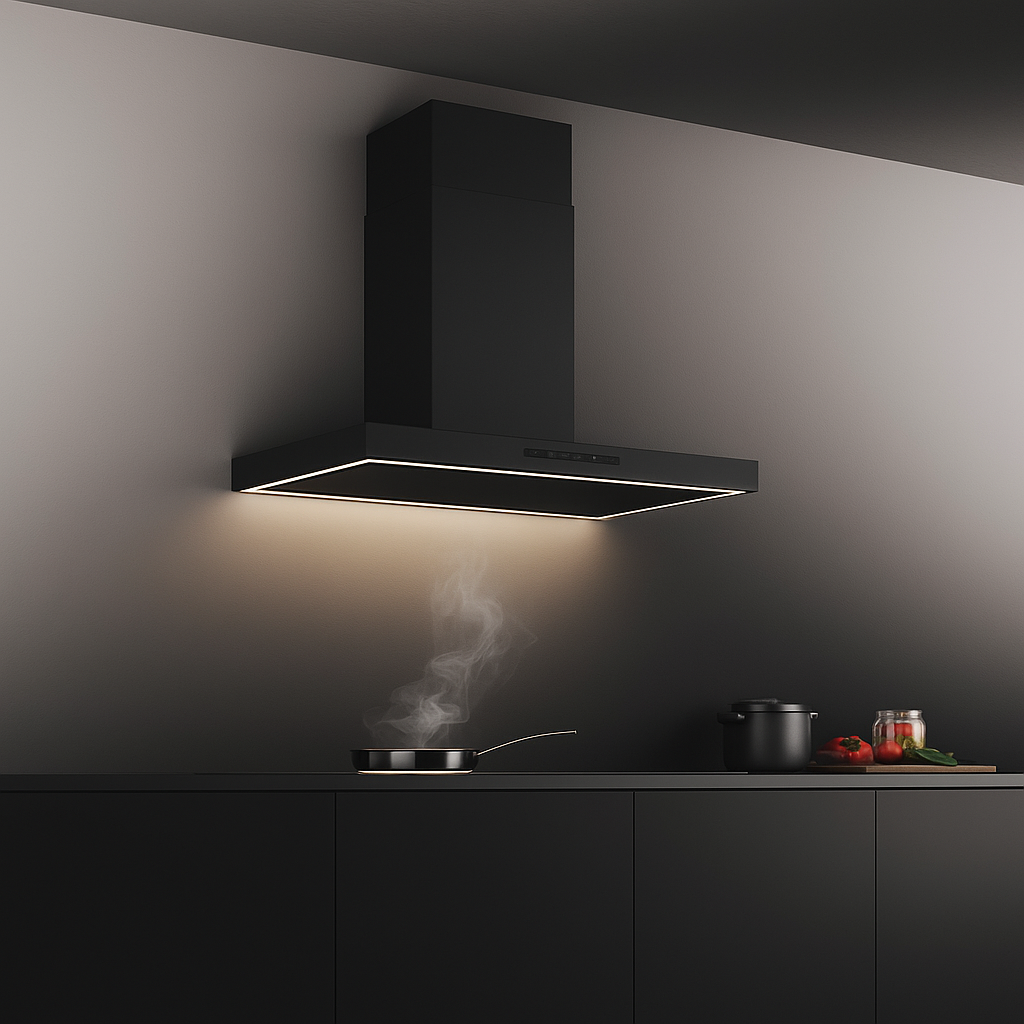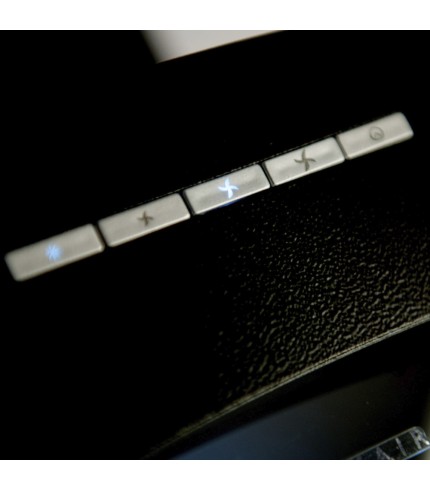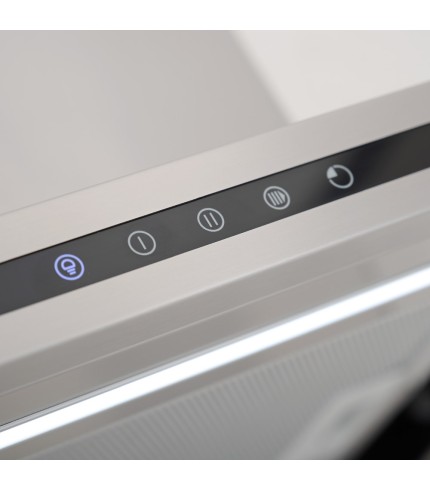-
Your shopping cart is empty!
Spare Parts & Accessories
Replacement PCBs & Switch Units
If your extractor switch is faulty, we recommend checking and replacing the PCB unit first, as this is often the root cause of the issue.
Please note: If your extractor is over 7 years old—especially if it features old-style halogen lights—the switch unit design may have changed. In such cases, you may need to replace the entire switch loom and upgrade the halogen lights accordingly.
If you’re unsure which parts you need, please don’t hesitate to contact us for advice.
Shop All PCBs & Switches
Showing 1 to 11 of 11 (1 Pages)
























